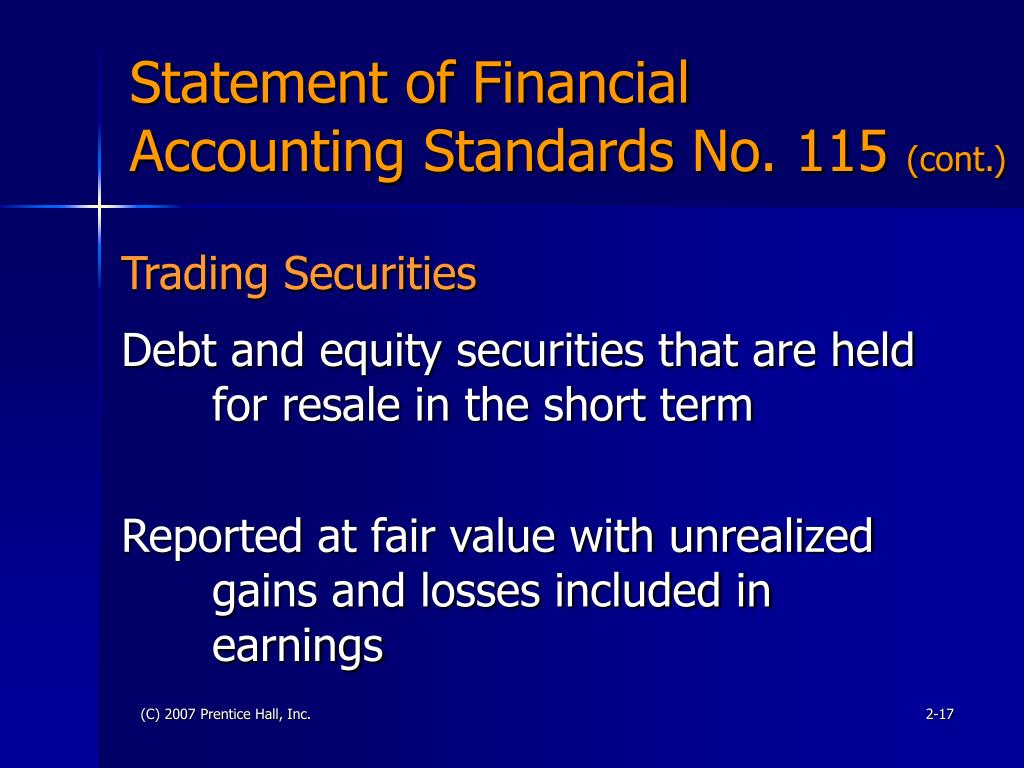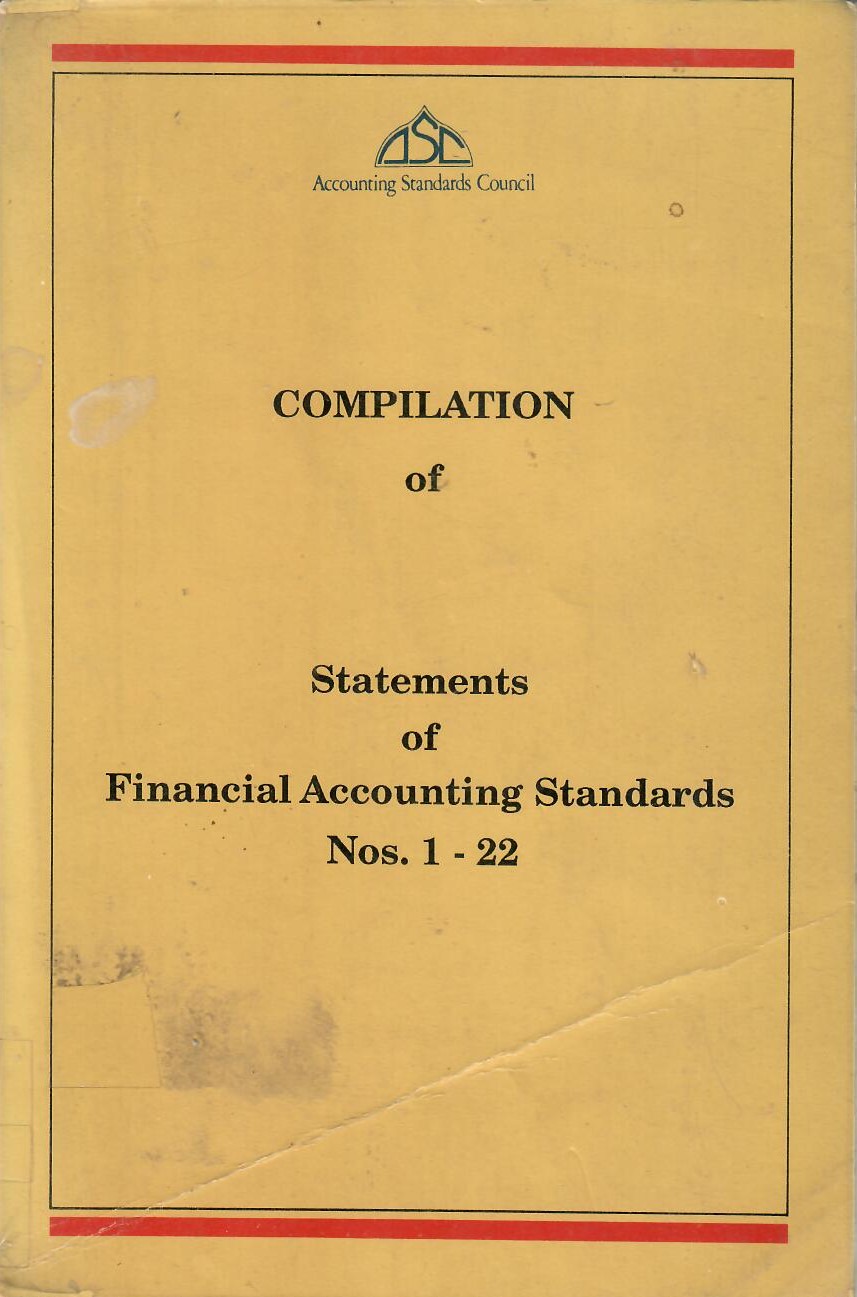Statement Of Financial Accounting Standards No 5

For decades, Statement of Financial Accounting Standards No. 5 (SFAS 5), "Accounting for Contingencies," has shaped how businesses in the United States address uncertainties and potential losses in their financial reporting. This standard, issued by the Financial Accounting Standards Board (FASB), dictates when and how companies must recognize and disclose contingent liabilities. Understanding SFAS 5 is crucial for investors, accountants, and anyone involved in financial analysis.
This article explores the core principles of SFAS 5, its implications for financial statements, and its ongoing relevance in today's complex business environment. We will delve into the criteria for recognizing and disclosing contingencies, providing a comprehensive overview of this foundational accounting standard. Its proper application ensures transparency and accuracy in financial reporting, allowing stakeholders to make informed decisions.
The Core Principles of SFAS 5
SFAS 5 addresses the accounting treatment of contingencies, which are defined as existing conditions, situations, or sets of circumstances involving uncertainty as to possible gain (gain contingency) or loss (loss contingency) to an enterprise. The resolution of the uncertainty ultimately depends on one or more future events. This standard focuses primarily on loss contingencies, as gain contingencies are generally not recognized until realized.
A loss contingency should be accrued (recognized as a liability) if two conditions are met. First, it must be probable that an asset has been impaired or a liability has been incurred at the date of the financial statements. Second, the amount of the loss can be reasonably estimated.
The term "probable" is defined by FASB as "likely to occur". When both conditions are met, the estimated loss must be recorded as a liability on the balance sheet and an expense on the income statement. If only one or neither of the conditions is met, disclosure requirements may still apply.
Recognition vs. Disclosure
One of the key aspects of SFAS 5 is differentiating between when a contingency should be recognized in the financial statements versus when it should merely be disclosed in the notes. Recognition means recording the contingency as a liability and an expense. Disclosure, on the other hand, involves providing information about the contingency in the footnotes to the financial statements.
Even if a loss contingency is not probable or reasonably estimable enough for accrual, disclosure is still required if there is at least a reasonable possibility that a loss may have been incurred. The disclosure should include the nature of the contingency and an estimate of the possible loss or range of loss, or state that such an estimate cannot be made.
Furthermore, certain types of loss contingencies, such as guarantees of indebtedness of others, must be disclosed even if the possibility of loss is remote. This ensures transparency about potential financial obligations that could impact the company in the future.
Examples of Loss Contingencies
Numerous situations can give rise to loss contingencies. Some common examples include pending or threatened litigation, product warranties, environmental remediation liabilities, and guarantees of debt. Each situation requires careful analysis to determine whether the conditions for accrual or disclosure are met.
For example, consider a company facing a lawsuit. If the company's lawyers believe it is probable that the company will lose the lawsuit and they can reasonably estimate the amount of the potential settlement, the company must record a liability for the estimated loss. If the possibility of loss is only reasonably possible, the company must disclose the lawsuit in the footnotes.
Another example is product warranties. Companies typically estimate the future costs of honoring warranties on products they sell. If the company has a history of warranty claims and can reasonably estimate the expected costs, it must accrue a liability for warranty obligations.
Impact on Financial Statements
SFAS 5 significantly impacts the presentation of a company's financial statements. The recognition of loss contingencies can decrease net income and increase liabilities on the balance sheet. This directly impacts key financial ratios, such as the debt-to-equity ratio and profitability margins.
Accurate and timely recognition and disclosure of contingencies are essential for investors to assess a company's financial health and risk profile. Failure to properly apply SFAS 5 can lead to misleading financial statements and potential legal consequences. Therefore, it is crucial to understand the implications of SFAS 5.
Furthermore, disclosures related to contingencies provide valuable insights into potential future financial obligations and risks that may not be immediately apparent from the main financial statements. These disclosures help stakeholders make more informed investment decisions.
Ongoing Relevance and Updates
While SFAS 5 has been a cornerstone of accounting for contingencies for many years, the FASB continuously reviews and updates accounting standards to reflect changes in the business environment. Although SFAS 5 itself hasn't been significantly altered, related guidance and interpretations have evolved over time.
For example, interpretations related to environmental liabilities and guarantees have been issued to provide more specific guidance on applying SFAS 5 in these areas. Companies must stay abreast of these updates to ensure compliance with current accounting standards. Moreover, the increasing complexity of global business operations and regulations necessitates a continuous evaluation of contingency accounting practices.
The principles established by SFAS 5 remain relevant and applicable even with newer accounting standards. Therefore, the standard remains one of the important standards in GAAP (Generally Accepted Accounting Principles) to understand.
Conclusion
Statement of Financial Accounting Standards No. 5 plays a vital role in ensuring transparency and accuracy in financial reporting. By providing a framework for recognizing and disclosing loss contingencies, SFAS 5 enables investors and other stakeholders to assess a company's financial risks and potential liabilities.
Understanding the core principles of SFAS 5 is essential for anyone involved in financial analysis and decision-making. Correct application of these principles ensures that financial statements present a fair and accurate picture of a company's financial position and performance.
As the business environment continues to evolve, a solid understanding of SFAS 5 and related guidance remains crucial for navigating the complexities of accounting for contingencies. This will ensure transparency and accountability in financial reporting for years to come.
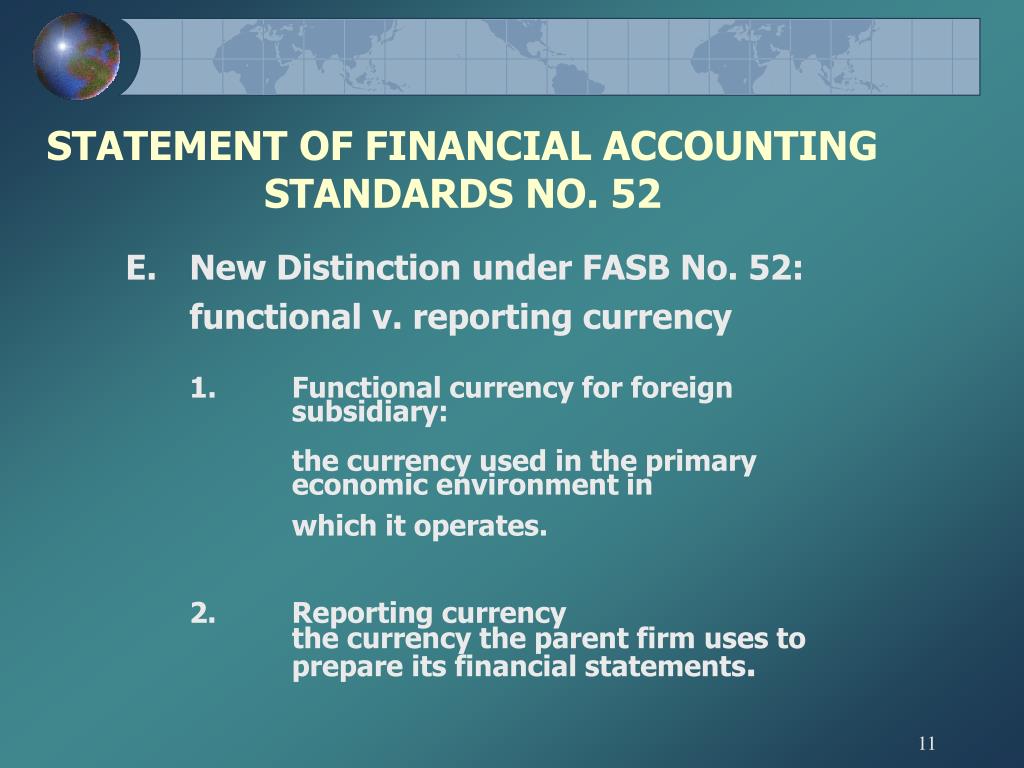
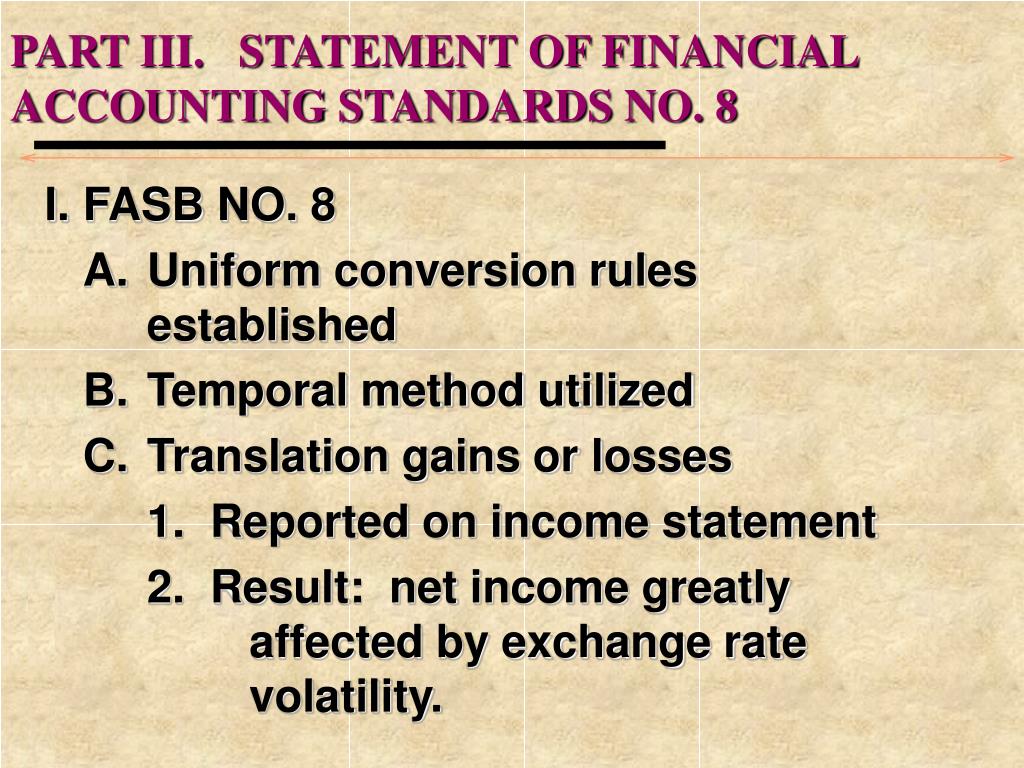
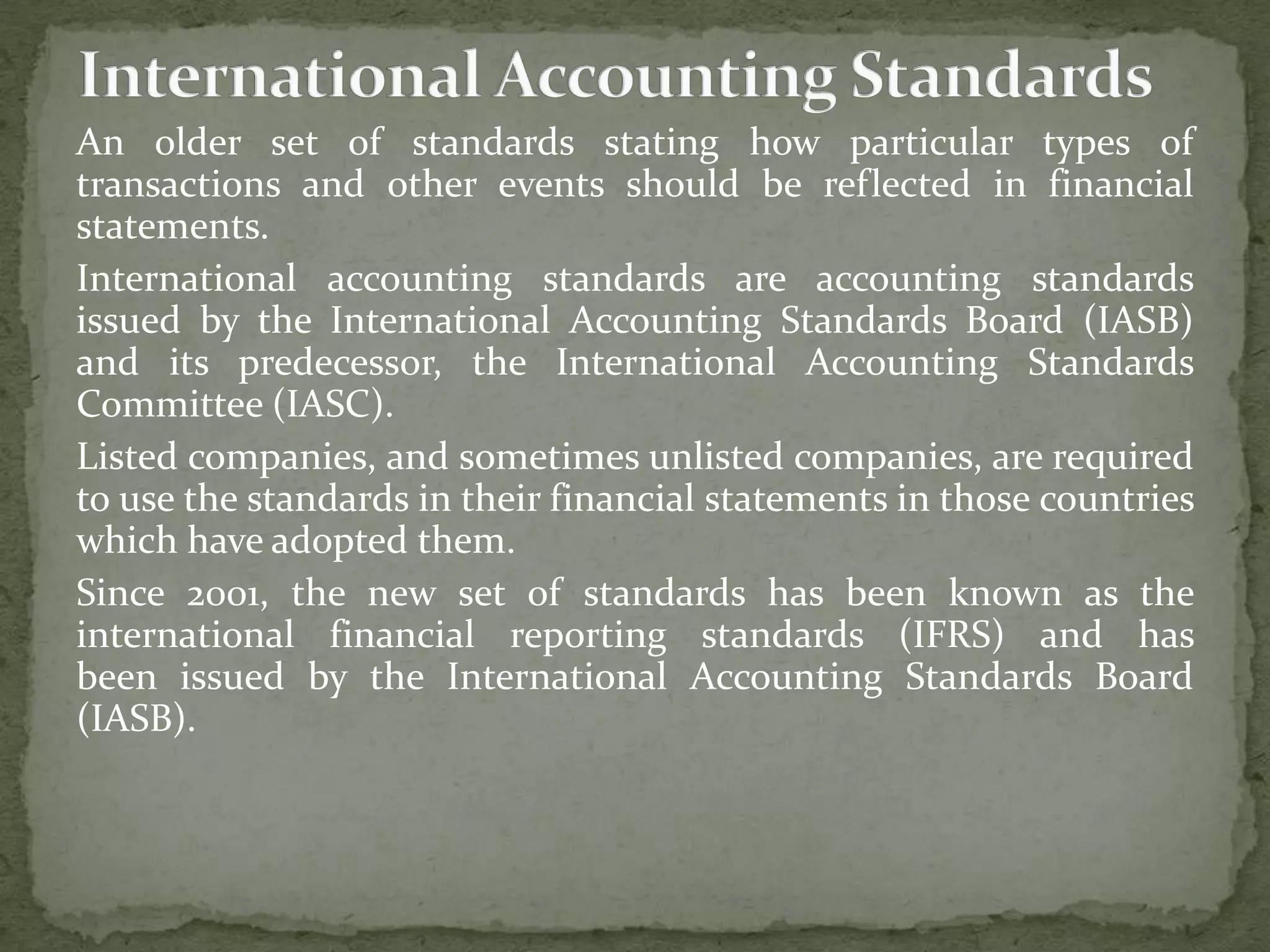

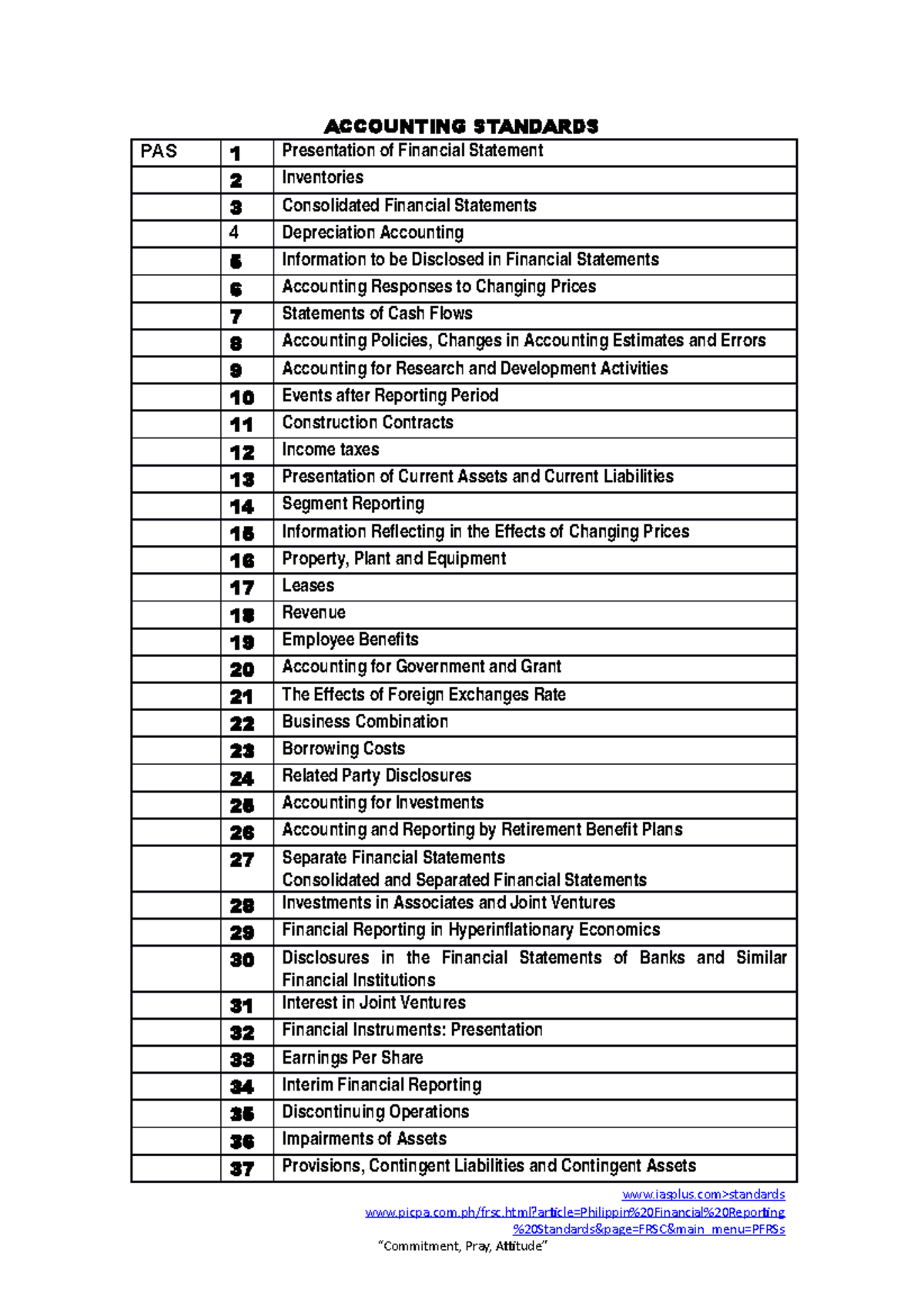



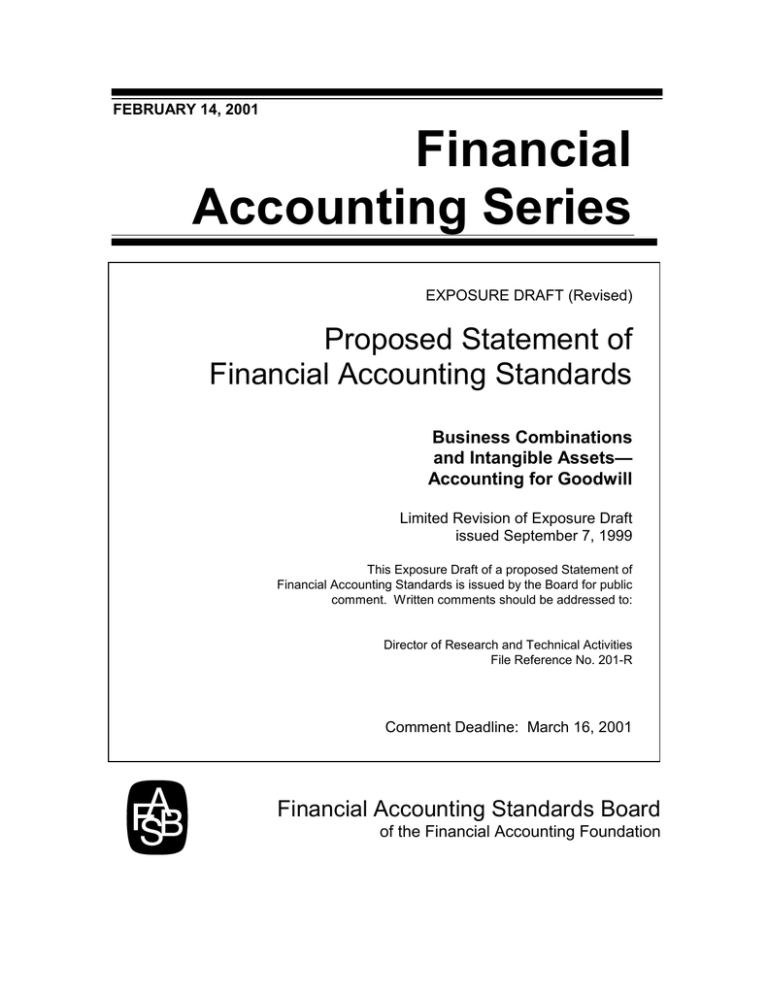
.jpg)
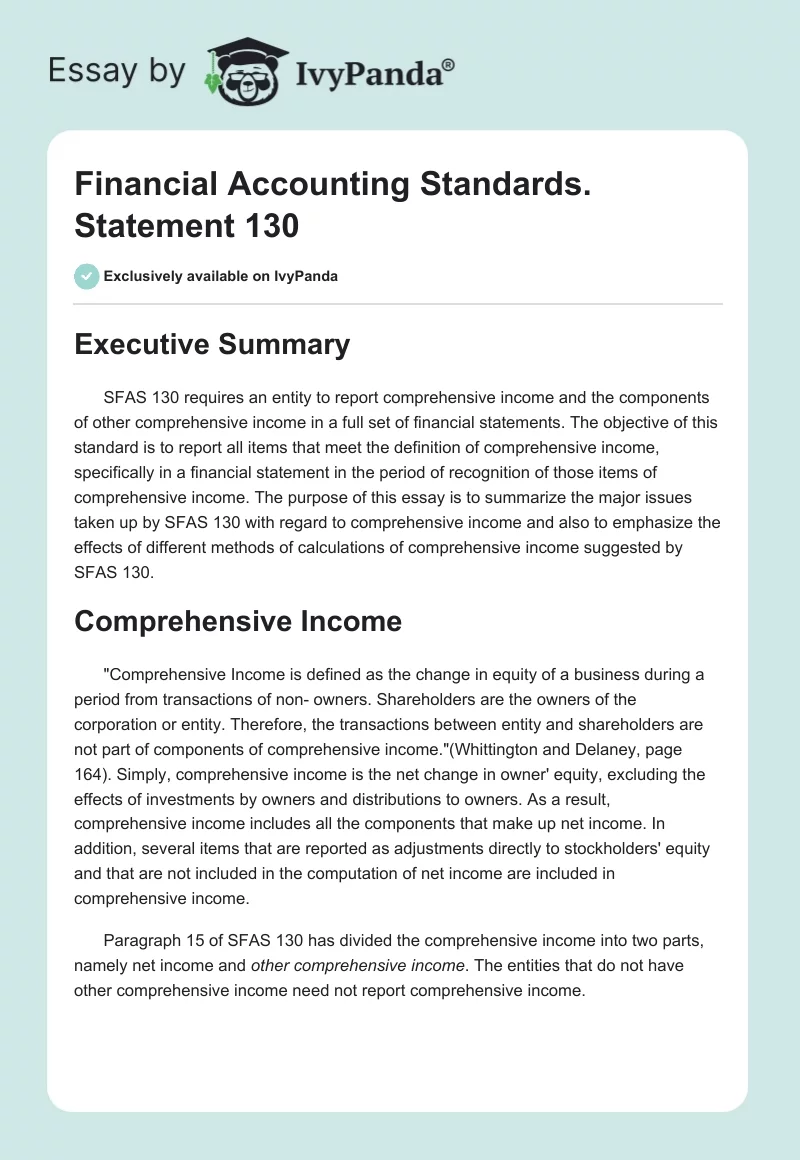
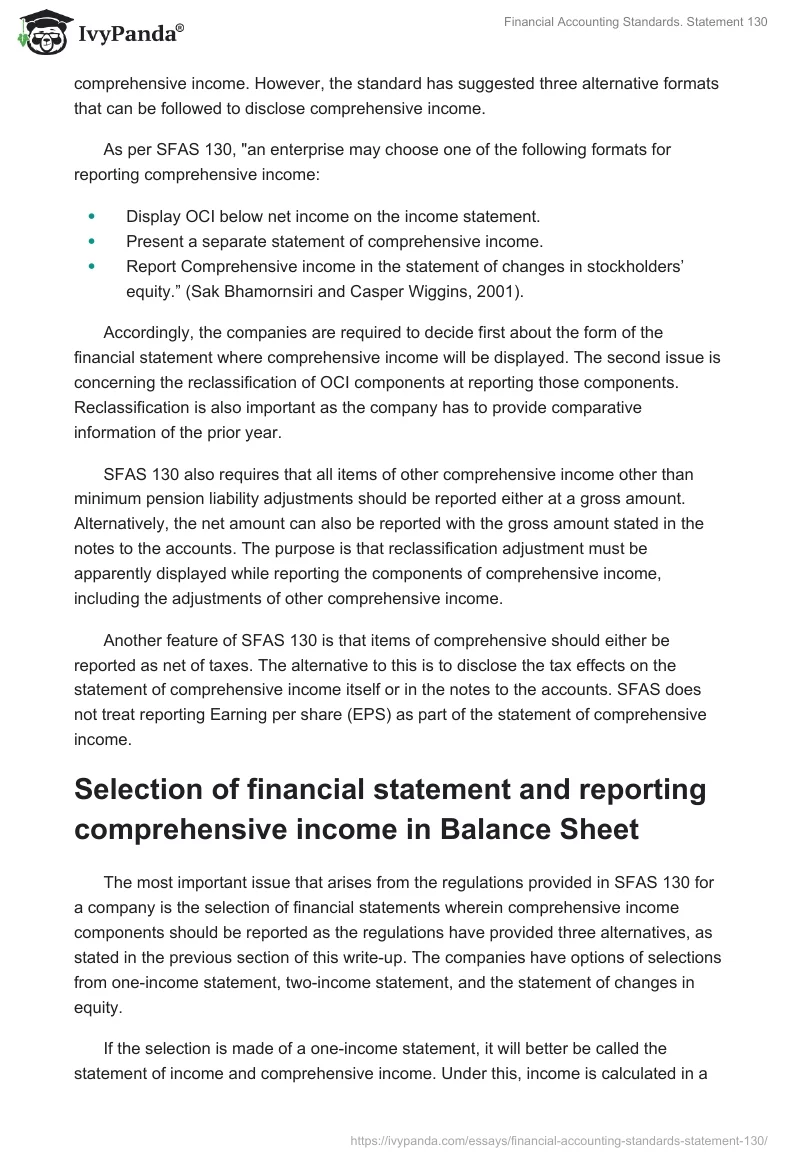
:max_bytes(150000):strip_icc()/SFAC-FINAL-cdddf7710dc140c09a387ce1cf96bb2b.png)

